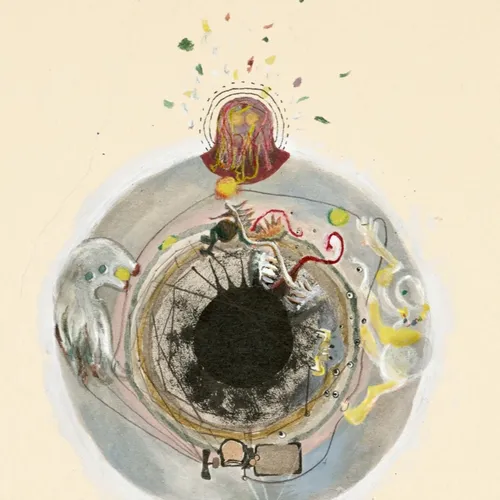Episode 10: Play's Container Part 1
- Author
- Aaron Finbloom
- Published
- Fri 08 Sep 2023
- Episode Link
- https://www.podomatic.com/podcasts/thedeepplayinstitutepodcast/episodes/2023-09-07T22_45_03-07_00
If play is a liquid, we have so far only examined the chemical com- position and molecular weight of the liquid itself – its touch, smell and color. But we have not yet begun to examine how this liquid behaves by looking at what is around it. Liquids change depending on their environment. Liquids are contained. And their containers change their behavior, their shape and their extension. We have not yet discussed play’s container – the structural components that define it, the background that contains the movement, and the rules that structure its movement. What is this container? How do rules and structure come in and out of existence? What does this structure do to play itself? And to what degree must these containers and structures be intentionally designed and constructed?
